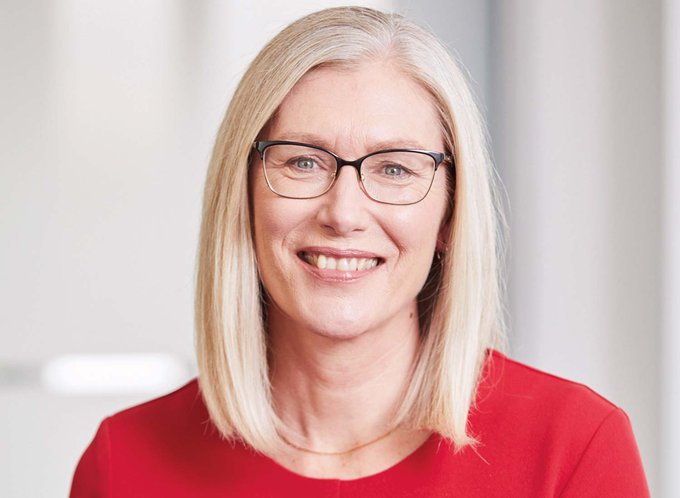MAS General Insurance Claims Manager, James Gerrie explains how the company responded to the overwhelming number of claims following this summer’s severe weather events.
In the wake of devastating weather events in the North Island in January and February, MAS found itself grappling with an overwhelming surge in claims.
MAS General Insurance Claims Manager, James Gerrie says the level of damage caused by the disasters ranked among New Zealand’s most significant insurance events. Many MAS Members have faced enormous challenges, and responding to their needs has mobilised the MAS team in a way not seen since the Christchurch earthquakes.
Unprecedented rain on Friday 27 January hit Northland, Auckland and Waikato, causing extensive flooding that resulted in 1,711 claims. Less than three weeks later, Cyclone Gabrielle barrelled down the North Island’s East Coast, causing widespread damage and floods, particularly in Bay of Plenty and Hawke’s Bay, which resulted in a further 979 claims.
“The Auckland event in itself was about 20% more claims than we would usually carry at any one time. The event was quite short with torrential rainfall causing a sudden impact that was wide-ranging.
“Then to have Gabrielle on the back of it, we went up to about 33% more claims than what we would carry on any day as business as usual, and nobody can be fully prepared for something of that scale.”
Scaling up the response team
Despite MAS having just over 2% of the insurance market in New Zealand, the mutual was over-represented in Auckland and held about four times the expected total claims that arose from the flooding.
The surge in claims necessitated a massive triage effort to identify the most at-risk Members whose houses had been devastated. This process disrupted the company’s normal operations.
James says, during the weekend following Auckland’s floods, MAS team members from across the business stepped up to ensure your mutual could start receiving claims and provided urgent assistance for the most at-risk Members. “That was magnificent. Some of them were affected themselves, but most people were absolutely willing to jump on and lodge claims and do what was required.”
Senior staff were seconded to work solely on the events, and MAS recruited an additional 17 claims team members and fast-tracked their onboarding to get them ready to start helping MAS Members with their claims.
“To scale up that quickly is a good thing, and by bringing some senior people across from other parts of the business means we had the right people who could make decisions and knew our systems.
“Like anything at MAS, it’s about the DNA. It’s knowing how our Members talk to each other, how we talk to them and what their expectations are.”
MAS’s loss adjuster provider McLarens brought in 16 assessors who were dedicated to processing MAS Members’ claims.
Meeting Members’ needs
The scale of the dual catastrophe was unprecedented, affecting more than 40,000 people and resulting in an estimated $9–14.5 billion of damage according to a Treasury estimate.
In the immediate aftermath, the focus was on ensuring the most at-risk Members had what they needed – things like emergency accommodation, industrial dryers for carpets and help to remove plasterboard.
About 24 Members’ homes were red stickered and needed extra care.
“When you know someone’s home is unliveable, you think ‘ok, I’m talking to someone who is now very at risk but needs extra care.’ But also I’m thinking, ‘Do I need to give them some money for alternative accommodation? I wonder where they’re going to stay?’ And you’re talking about their children, you’re talking about their pets.”
James says he knows many Members felt frustration about the perceived slowness in getting their claims assessed and seeing progress in getting them resolved.
“Our Members are so fantastic. So many of them are familiar with phrases like triage because of their medical backgrounds, so they get it. But for anyone, if it goes past two or three weeks, it’s like, ‘Oh, my car’s broken, I actually really need it fixed.’ So that frustration creeps in.”
The second phase of the response was figuring out the scale of the work required for claims and finding people and resources to do the work. As the clean-up progressed, the scale of the damage in many places proved much greater than first thought. Some initial damage assessments had to be revisited, which was a recipe for more delays and frustrations.
“On day one, this house looked like it was a $10,000 repair job [but after reassessment] now it’s $100,000 worth of repairs. And so there’s a lull there, which, again, if we go back to the frustration, is where you don’t see someone coming in with a hammer to repair anything and you’re sitting there going, ‘What’s happening?’”
James says the triage process has been completed and MAS has changed the way it is managing claims in response to Member feedback. Larger claims are under control, which means the smaller claims are being prioritised so they can be responded to faster.
He says this was made easier with McLarens recruiting additional staff. MAS also moved to a case management system where each Member has their own case manager dealing with all aspects of their claim.
“We know that Members prefer an individual claims adviser and single point of contact, and now that the triage has been completed, we are returning to this model.”

Industry-wide challenges
The insurance industry faces an enormous challenge exacerbated by the damage to public infrastructure caused by the severe weather events.
“The hardest thing was access. So you’ve got all this kit, but State Highway 5’s out, Napier-Taupō road’s out, Wairoa’s closed. So it doesn’t matter how good your intent is, there’s a heck of a lot of other infrastructure that you need.
“And it wouldn’t have mattered whether it was the South Island or Hawke’s Bay. It’s not actually about proximity, it’s just about access.”
A shortage of tradespeople in New Zealand and the unprecedented demand caused further challenges.
“There’s only so many builders, there’s only so many engineers, there’s only so many trades – they can’t all be on site at the same time. So the plasterer comes in, and then you don’t see anyone for three days because the plaster has to dry before the painter can come in. But during those three days, you might pop around to the house because you’re out of the house or it’s the downstairs area and you go down and you think nothing’s happening.”
About 10% of Members were capable of managing their situations to some extent. But for many others, MAS’s added level of care means claims can take longer to resolve.
“The big insurers pay cash. We try to do a different model, which is a full-service model of looking after our Members.”
At time of publication, 44% of claims are resolved, and James says he expects to have completed 80% of the severe weather event claims within a 12 to 15-month completion timeframe.
Know someone who might enjoy this?
Read this next
-
November 2021
Evolving MAS for our second century
-
March 2022
5 ways MAS is becoming more sustainable
-
July 2022
Climate change through a Māori lens
Professional life
See all-
March 2021
The great brain gain
-
March 2021
Made for today a century ago
-
March 2021
A hectic, horrific working holiday
-
March 2021
Smooth sailing for Southern Spars







